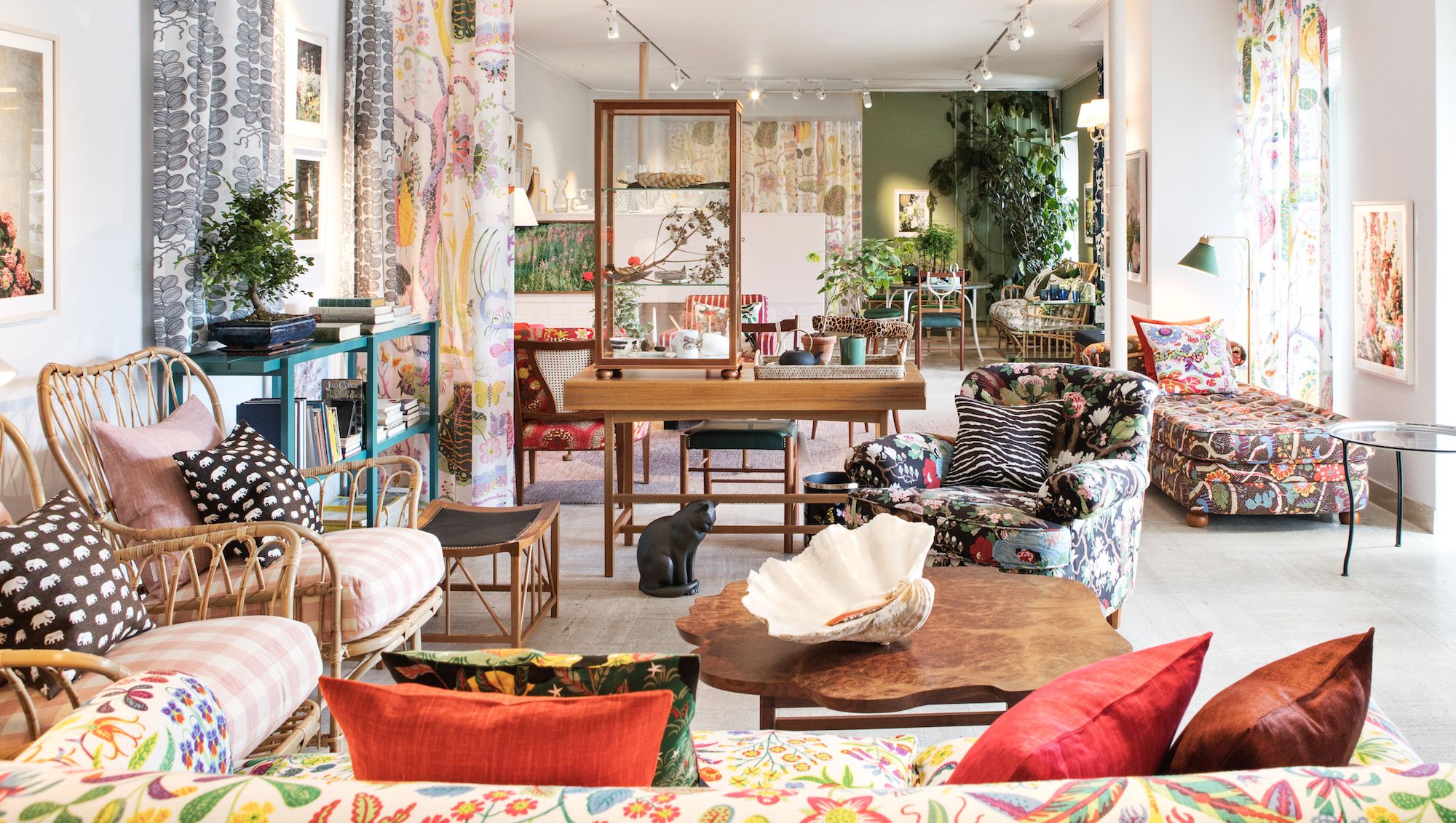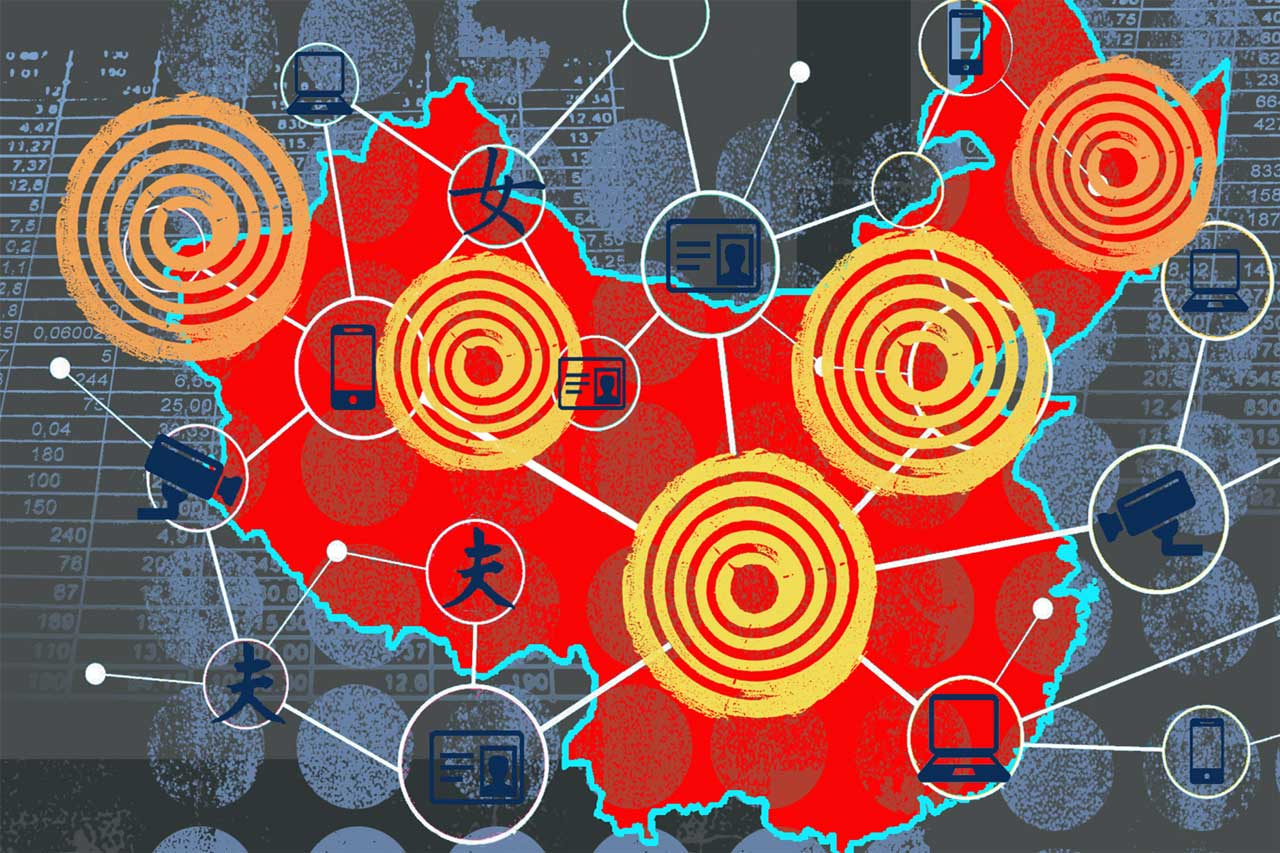Each year, Stockholm Design Week acts as the heartbeat of the design world—offering a glimpse into what’s next in interiors. But 2025 wasn’t just a showcase of beautiful spaces. It was a call to redefine how we live, work, and feel in the environments we create. Functionality met emotion. Innovation met sustainability. And everything was wrapped in human-first thinking. Here are six groundbreaking trends that emerged from Stockholm Design Week 2025—each one poised to shape the future of interior design.
How Stockholm Design 2025 Is Shaping the Future of Interiors
Stockholm Design Week 2025 has solidified the city’s position as a global leader in emotionally intelligent and human-centric design. Over 400 exhibitors showcased innovations that blend functionality with well-being, reflecting a growing demand for interiors that do more than just look good—they must also feel good. According to a report by Design Sweden, 72% of Scandinavian design studios in 2025 are actively incorporating sensory and wellness principles into their interior projects, a clear nod to the tactile, color-zoned, and emotionally responsive spaces unveiled during the event.
From AI-driven lighting panels that respond to mood changes, to chromatic zoning used to guide behavioral flow within open-concept spaces, Stockholm designers are redefining the language of interiors. For example, the use of materials like boucle, raw clay, and sage-toned palettes has seen a 46% uptick in consumer preferences across European design markets (Elle Decoration Sweden, March 2025). Stockholm’s impact goes beyond aesthetics—it is setting a blueprint for global interiors that prioritize emotional resonance, sensory depth, and adaptable living.
Humanized Tech: Designing with Digital Empathy
The tech we bring into our homes is getting smarter—but also softer. Designers are no longer focused solely on automation or data. Instead, the priority is emotional comfort and sensory integration.
| Innovation | Description | Featured Brand |
|---|---|---|
| Ambient AI Panels | Subtle, fabric-covered interfaces with visual calm | Philips Ambient Wall |
| Tactile Smart Devices | Wood, linen, or silicone finishes for tech items | Mui Lab, IKEA x Sonos |
| Responsive Light Therapy | AI-powered lamps that adjust light based on mood | Dyson HaloLight Concept |
Soft Tech Living is no longer niche—it’s the new standard. Emotional intelligence is being embedded into everything from curtains to climate control.
Sculptural Surfaces: From Walls to Furniture
Flat surfaces are out. Texture and form are in. In 2025, everything from tiles to kitchen counters is getting the 3D treatment.
- Undulating wall panels made from recycled composites
- Carved stone island counters that mimic water ripples
- Statement lighting that doubles as wall art
At Note Design Studio’s exhibit, curved clay panels created immersive rooms that shifted shadows throughout the day, turning walls into living canvases.
| Material | Application | Emotional Effect |
|---|---|---|
| Rippled Ceramic | Backsplashes, wall art | Soothing movement |
| Carved Wood Panels | Feature walls | Natural flow & warmth |
| Textured Plaster | Hallways, alcoves | Organic imperfection |
Chromatic Zoning: Defining Space Through Color
Gone are the days of white-on-white minimalism. Designers are now using color zoning to assign emotion and purpose to different areas of a home.
In a Stockholm apartment exhibit by Form Us With Love, visitors moved through zones of buttery yellow (social energy), sage green (rest), and ink blue (focus), each without a single physical partition.
This trend is driven by:
- Smaller living spaces
- Open-plan layouts
- Increased mental health awareness
Color isn’t just visual—it’s spatial. It tells your brain what each room is for.
Tactile Wellness: Touch-Driven Interiors for Mental Clarity
Mental wellness is no longer limited to yoga mats and diffusers. It’s built into the walls, seating, and materials of the modern home.
Designers are leaning into tactile experiences:
- Felt wall panels that absorb sound and invite touch
- Soft boucle armchairs that cocoon the body
- Weighted curtains and textured bedding that promote sleep
| Material | Common Use | Wellness Benefit |
|---|---|---|
| Boucle & Wool | Sofas, throws, pillows | Soothes sensory overload |
| Raw Linen | Bedding, curtains | Breathable & grounding |
| Clay Finishes | Wall textures | Visual calm, tactile interest |
These interiors are designed to be felt—not just seen.
Nomadic Modulars: Design for a Flexible Future
As lifestyles shift post-pandemic, homes are expected to do more. The response? Modular furniture and adaptive interiors that can change with us.
Examples from Stockholm Design Week:
- A table that becomes a bed in seconds (Fogia)
- A couch that converts into two reading nooks or a collaborative lounge (Hem)
- Portable room dividers with built-in storage (Muuto)
These pieces are no longer afterthoughts. They’re intentional design responses to:
- Renters and frequent movers
- Work-from-home flexibility
- Shrinking urban square footage
Your space can now evolve as fast as your lifestyle does.
Atmospheric Minimalism: Less Stuff, More Story
Minimalism is far from dead. But it’s no longer about austerity—it’s about atmosphere. This year’s exhibits highlighted a more sensual, moody minimalism:
- Muted clay walls and smoky lighting
- Singular statement objects with rich patina
- Imperfect textures and asymmetrical shapes
Layered simplicity is the new direction—evoking emotion with less, not stripping away personality.
The best example? Studio Joanna Laajisto’s exhibit, where a single vintage ceramic piece was placed under a skylight in an otherwise bare room. The experience was emotional, not empty.
| Element | Function | Atmosphere |
|---|---|---|
| Low Diffused Lighting | Creates intimacy | Restful, introspective |
| Organic Shapes | Removes rigidity | Relaxed energy |
| Negative Space | Allows breathing room | Mental clarity |
The Emotional Turn in Design
Mattias Knutsson, a design psychologist and global trend forecaster, believes Stockholm Design Week 2025 marked a significant shift:
“We are no longer designing rooms. We are designing moods. People want their spaces to reflect emotional needs—calm, joy, focus—not just functions.”
His research echoes what the show revealed: emotional intelligence is the next frontier in interior design. Whether through color, touch, sound, or flow—our homes are becoming active participants in how we feel and function.
Final Thoughts
Stockholm Design Week 2025 wasn’t about fast trends—it was about meaningful evolution. The six trends showcased point to a future where interiors:
- Respond to human emotion
- Champion comfort and flexibility
- Blur the line between tech and touch
- Prioritize sustainability and sensory well-being
If 2024 was about reentering the world, 2025 is about reconnecting—with ourselves, our homes, and the spaces that shape our lives.






5 Responses
Your positive energy and enthusiasm radiate through your writing It’s obvious that you are truly passionate about what you do
Your posts are so well-written and eloquent It’s impossible not to be moved by your words Keep using your voice to spread positivity
Your blog stands out in a sea of generic and formulaic content Your unique voice and perspective are what keep me coming back for more
Your writing is so relatable and down-to-earth It’s like having a conversation with a good friend Thank you for always being real with your readers
This post was exactly what I needed to read today Your words have provided me with much-needed clarity and reassurance